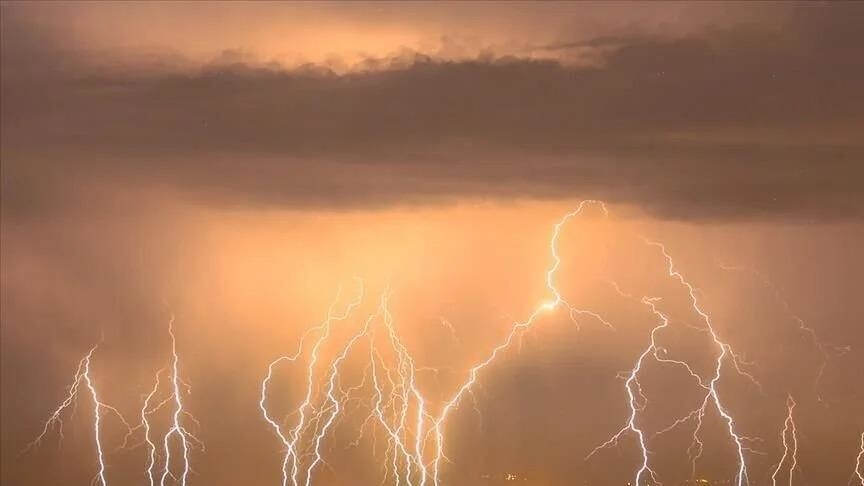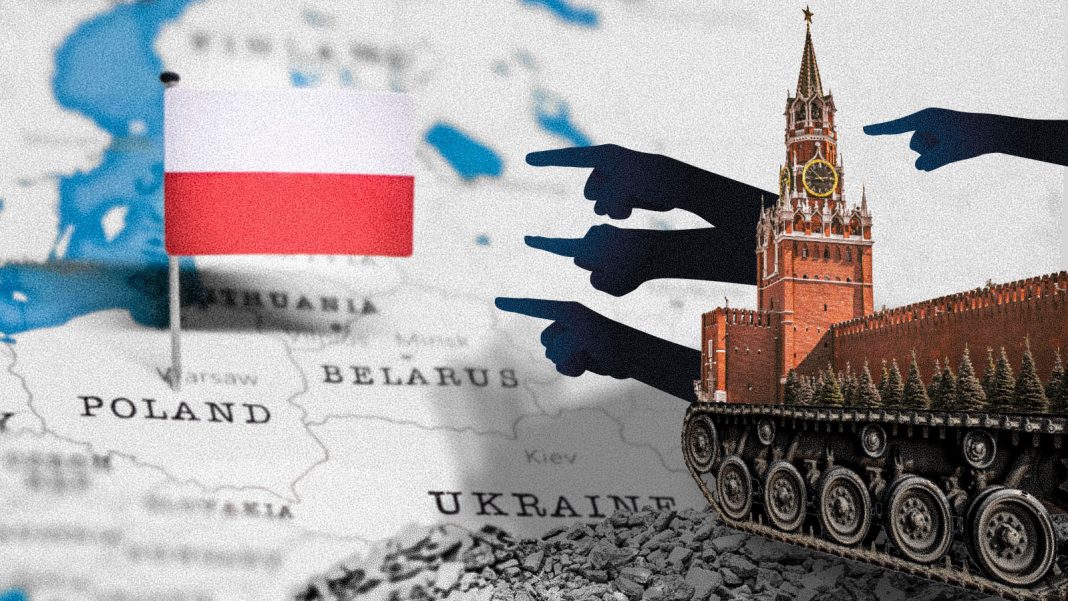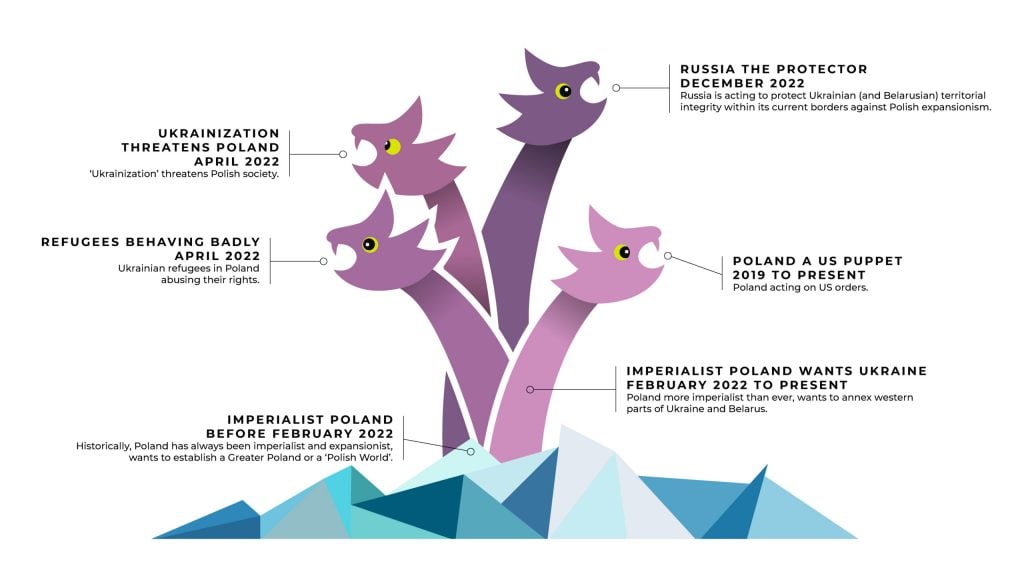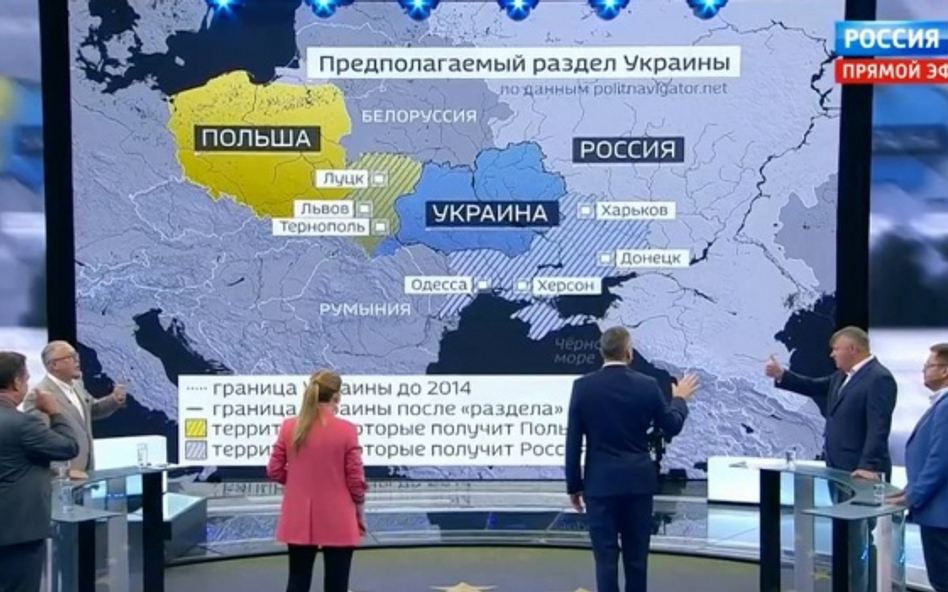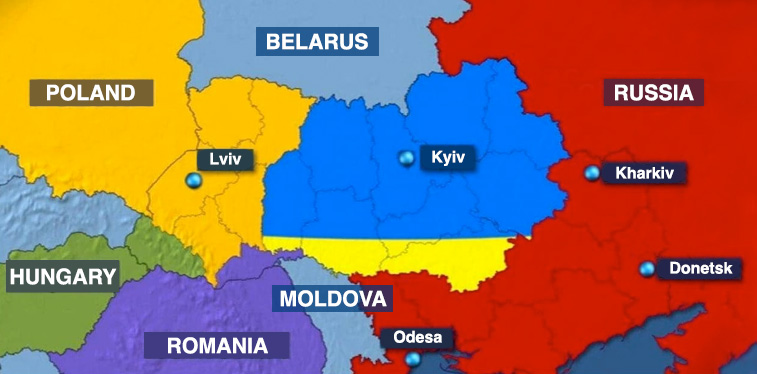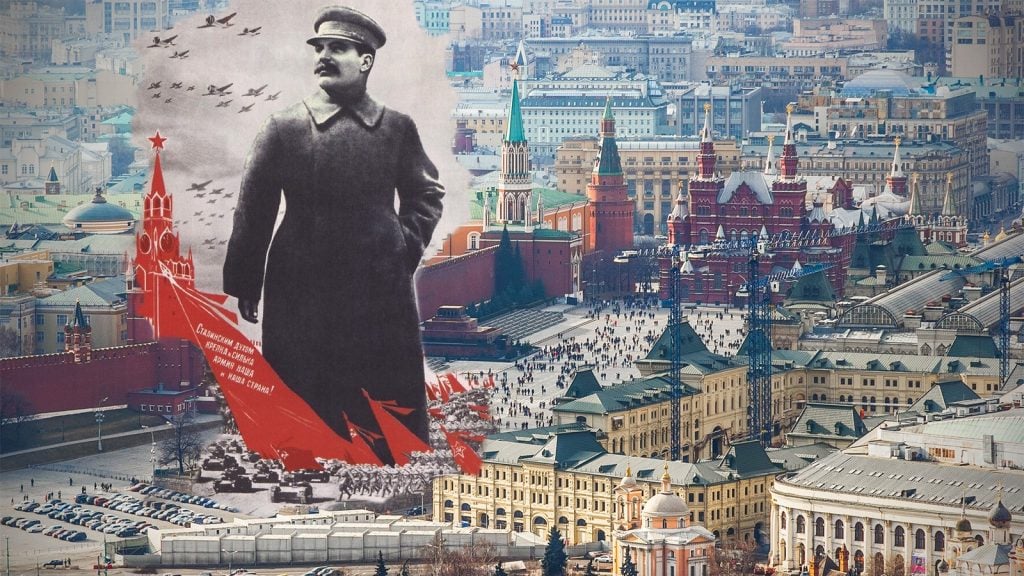PERU
How a dying glacier became a tourist attraction
Sarah Kaplan
May 08 2023
The path to Pastoruri glacier is gruelling. At more than 4500 metres above sea level, the wind is fierce and the sun unforgiving. Although the trail isn't steep, I find myself gasping for breath in the thin mountain air. The dry, bitter cold makes my nose bleed.
And the trek becomes longer every year. With each ton of carbon dioxide emitted, with each increment of temperature rise, the ice mass dwindles, and reaching its frozen base takes a few more steps.
Pastoruri is one of more than 100,000 glaciers around the world that are destined to vanish this century, even if humanity does its utmost to halt climate change. For countless communities, the melting ice signals the loss of drinking water, the demise of ecosystems and the end of the ecotourism trade that had long sustained them.
But in Peru, officials have sought to turn the tragedy of ice melt into opportunity. A decade ago, the country relabelled this trek "La Ruta del Cambio Climático" - "The Route of Climate Change." A museum was built at the park entrance; signs explaining the glacier's retreat were installed along the path.
As a climate reporter, I'd been to many parks with exhibits on global warming. I'd heard of communities holding funerals for glaciers and building monuments to extinct species. I'd written about people going on therapy walks near fire-ravaged forests to cope with their climate grief. But this was the first time I'd heard of a landmark rebranding itself as a destination to witness climate change up close.
What would it look like, I wondered, for a tourist site to embrace the transformation wrought by warming? Could it persuade visitors to look more closely at the consequences of our altered world?
Vanishing ice
Mauro Olaza, a local adventure guide who grew up in the nearby city of Huaraz, remembers when tourists flocked to Pastoruri by the thousands. Ski festivals were held on the vast, frozen slopes. Climbers raced each other to scale the ancient ice wall.
"It was the best place to see the snow, and everyone wants to play in the snow," Olaza tells me on our drive to Huascarán National Park, home to Pastoruri and more than 600 other glaciers. "I have really good memories."

ANGELA PONCE/FOR THE WASHINGTON POST
As ice melt sends the Pastoruri glacier retreating into the mountains, last-chance tourism has emerged, with visitors eager to see a landscape they are unlikely to see again in their lifetimes.
Yet rising temperatures steadily ate away at Pastoruri, cutting its volume by about a third in just a few decades. The ice vanished so fast, Pastoruri technically no longer qualifies as a glacier. A true glacier adds bulk from snowfall each winter, but Pastoruri gets smaller every season.
And visitor numbers have declined in proportion to the ice. For guides including Olaza, business became a struggle. Some vendors who sold food and trinkets by the trailhead abandoned their stalls to search for jobs in the city. In a 2010 survey of two nearby communities, every single respondent said glacier retreat was harming the local tourism industry.
Officials grappled for a solution. They temporarily closed the site to visitors. They covered Pastoruri in a protective sawdust coating. That wasn't enough. The only way to halt the melting was to stop the planet from becoming warmer.
"Seeing the proof [of climate change] on this route will not only help to raise awareness... but will also communicate how the world can have an effect on climate change," the director of natural resources and environmental management for the regional government, Melvin Grimaldo Rodriguez Minchola, told me before my visit.

ANGELA PONCE/FOR THE WASHINGTON POST
A detail of the Pastoruri glacier in the Peruvian Andes.
Yet the museum that opened to fanfare nine years ago is empty on the morning I arrive. Despite the "climate route" marketing push, most estimates suggest visitor numbers remain far below the levels of Pastoruri's heyday. Now, my footsteps echo as I walk through the small exhibit hall.
I learn that Huascarán boasts the world's largest concentration of tropical glaciers and that many species living among these white-capped mountains are found almost nowhere else on Earth. There are towering Puya raimondii plants - strange relatives of the pineapple that resemble giant bottlebrushes wearing spiky-leaf skirts. Graceful, alpaca-like creatures called vicuñas graze on the grassy lower slopes.
Climate change threatens it all. Average temperatures in the region have increased by more than a degree Celsius since the preindustrial era - mostly because of greenhouse gas emissions from the burning of fossil fuels. Vicuñas are losing their habitat and the puya struggle to reproduce. Glaciers are retreating by as much as 22 metres per year, the exhibit says, creating dangerous lagoons that could collapse at any time and unleash flooding.
"It is urgent to educate our population about the new challenges climate change brings," one sign says in Spanish. "It is urgent to take action."

ANGELA PONCE/FOR THE WASHINGTON POST
Puya raimondii, a plant that grows in the Peruvian Andes, faces a starkly changing world as the climate warms and glaciers in the surrounding mountains shrink.
Yet, the emptiness of the room makes the message feel tragic. Pastoruri is sounding a vital warning - but who is listening.
'Last-chance tourism'
When we arrive at the trailhead an hour later, several large tour buses are already in the parking lot. Along with my colleagues - the photographer Angela Ponce and interpreter Kevin Ylan Zacarías Zumaeta - Olaza and I join the stream of hikers trudging along the paved glacier path.
The landscape is breathtakingly vast. Snow-dusted granite peaks ring a plateau ribboned by silvery streams. Just a few patches of lichen and tufts of hardy grass have managed to get a toehold in the dark bedrock that has been exposed in recent years by the glacier's retreat.
A weather-beaten sign explains that the ice shrank by more than 570 metres - between 1980 and 2013. By now, the glacier is even smaller.

ANGELA PONCE/FOR THE WASHINGTON POST
As Andean glaciers including the Pastoruri melt away, so have the robust flows of tourists that were a feature of the region only a few years ago.
"Muy triste," says Jonas Perez, a visitor from Lima. "So sad."
The 25-year-old made this trek at a friend's recommendation. "I wanted to know the glacier before it is gone," he tells me.
There's a term for this mentality: "last-chance tourism." Research shows that as rising temperatures imperil ecosystems and push species to the brink of extinction, tourists are rushing for a glimpse of the Great Barrier Reef, the Arctic and other landscapes they fear may soon be destroyed.
Although many communities, including those around Pastoruri, embrace the additional revenue generated by last-chance tourism, the influx comes at a price. More visitors can add to the stress on already fragile environments, experts say. And studies of last-chance tourists have found that few considered how their travel contributed to carbon pollution and other ecological threats.

ANGELA PONCE/FOR THE WASHINGTON POST
Visitors trek "The Route of Climate Change" as they climb the Pastoruri, a mountain in Peru's Cordillera Blanca.
Part of me worries that the premise of the route is a bit like encouraging rubbernecking at a car accident. "It's like saying, 'Come see the disaster,'" I tell Olaza. "Look at nature dying, and people losing water and culture."
"It's difficult," he agrees. But then he stops at a place on the path that he remembers seeing blanketed by ice. Now it's just barren rock.
"What they really did was make an opportunity of what happened here, to make it touristic," he says. "I think that's right, because they are teaching the few people who come, so they understand what's happening."
Olaza's words make me think of an interview I'd read from the opening of the Climate Change Route in 2014. Pointing at the mosses and lichens that had adapted to grow in puddles of meltwater, park official Selwyn Valverde told Reuters that the route was also a form of adaptation. It was a way for the park, and for surrounding communities, to secure their futures in a warmer world.
'We can change the future'
At last we round a bend in the trail and see Pastoruri for the first time. The edge of the glacier is as tall as a house and streaked with dark clay. Beneath it, a pool of meltwater reflects the pale ice and deep-blue sky.
I weave between clusters of teenagers and hikers wielding selfie sticks to inspect a dark cave at the base of the ice. Water drips rapidly from frozen stalactites. A trickling sound can be heard as liquid funnels through the glacier's crevasses.
Even knowing this is just a fraction of what used to be here, standing before this frozen behemoth makes me feel impossibly small. It seems incredible that something this beautiful exists in the same world as the one in which I go to work and file my taxes and puzzle over socks lost in the laundry.
Suddenly, I hear shouts. A couple disregarded the rope barrier around the edge of the glacier and are clambering on its surface. Immediately, other visitors begin to shout at them. "Why are you not respecting nature?" they say in Spanish.
"Being here makes you more conscious," explains Fiorella Alejandría, 28.
She and her cousin Estelle Arce, 33, travelled from northern Peru on a family holiday. They didn't realise the site had been labelled the Climate Change Route, but after viewing the glacier, they aren't surprised. It is a much diminished version of the ice mass Arce saw on he first visit, in 2016.
Both women echo my feelings of mingled sorrow and awe. Perhaps this is the power of a place like Pastoruri: It reminds us of the rare beauty of this planet, even as it underscores the dangers human actions have created. It asks us to honour the loss of places we once treasured by rededicating ourselves to everything we can still save.
"I thought it would last longer," Arce says. "When I go home, I will tell my relatives about this."
Alejandría nods. "I would like people to be more conscious about the climate," she says. There is no reversing the damage that has already occurred here. "But we can change the future."
